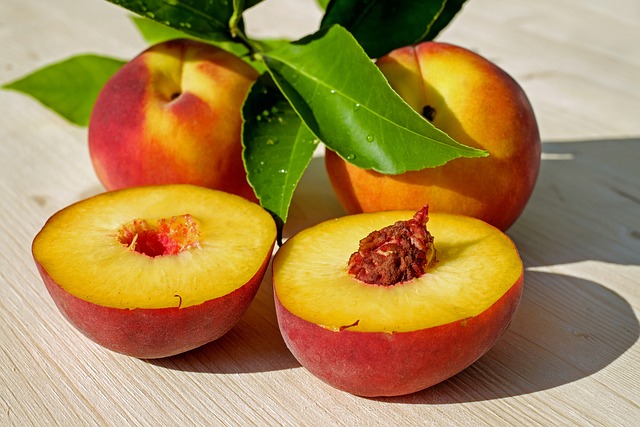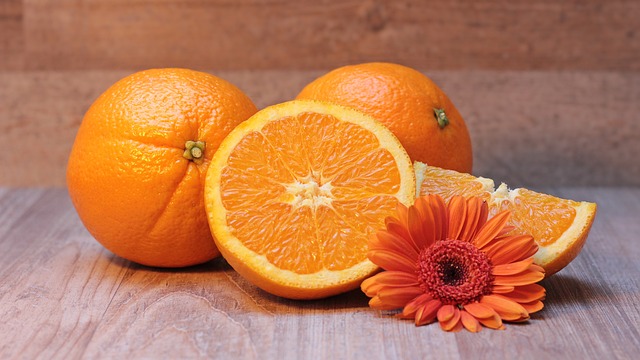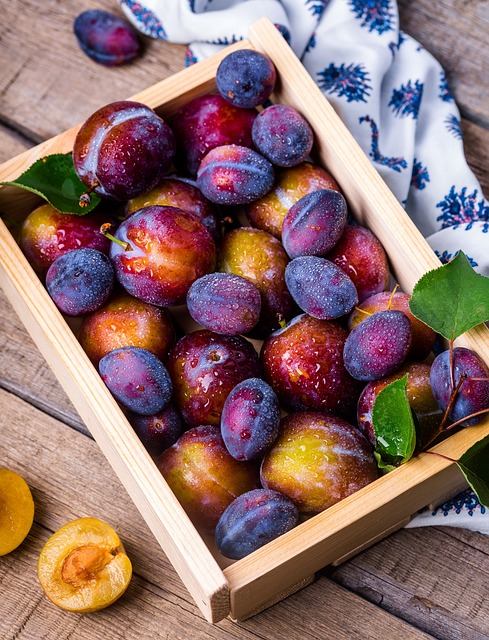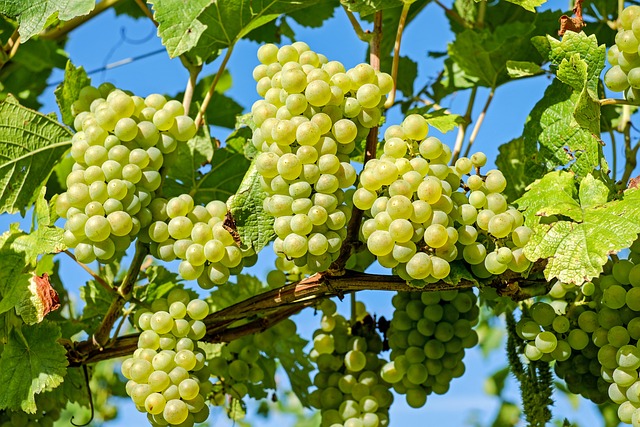Fermentation Fascination: Unveiling the Secrets Behind Making Homemade Probiotic-rich Foods
Probiotics have been gaining attention in the health and wellness community for their numerous benefits. These live microorganisms, typically bacteria or yeasts, are known for their ability to improve gut health, boost the immune system, and support overall well-being.
While you can find probiotic supplements in stores, there’s something satisfying and empowering about making your own probiotic-rich foods at home through a process called fermentation. Not only does it allow you to take control of what goes into your food, but it also provides an opportunity to explore new flavors and experiment with different ingredients.
What is Fermentation?
Fermentation is a natural metabolic process that converts carbohydrates into alcohol or organic acids using microorganisms such as yeasts, bacteria, or a combination of both. In the case of homemade probiotic-rich foods, lactic acid bacteria are the key players.
During fermentation, these beneficial bacteria break down the sugars in the food, producing lactic acid as a byproduct. This lactic acid not only gives fermented foods their signature tangy flavor but also acts as a natural preservative, extending their shelf life.
The Benefits of Homemade Probiotic-rich Foods
One of the key advantages of making your own probiotic-rich foods is the increased diversity of beneficial bacteria they provide. While store-bought probiotic supplements generally contain a limited number of strains, homemade fermented foods can offer a more extensive range of microorganisms, which is beneficial for gut health.
Additionally, homemade fermentation allows you to choose high-quality ingredients, ensuring that your probiotic-rich foods are free from artificial additives, preservatives, and excess sugars. This makes them a healthier and more wholesome option compared to some store-bought alternatives.
Fermentation also enhances the nutrient content of foods. During the fermentation process, certain vitamins and minerals become more bioavailable, meaning your body can absorb and utilize them more effectively. For example, fermented cabbage, or sauerkraut, contains higher levels of vitamin C than its fresh counterpart.
Getting Started with Homemade Fermentation
Ready to embark on your fermentation journey? Here are a few popular probiotic-rich foods you can easily make at home:
1. Sauerkraut
Sauerkraut is perhaps one of the most well-known fermented foods. Made from cabbage and salt, it’s incredibly simple to prepare. Simply shred the cabbage, add salt, and massage the mixture until the cabbage releases its juices. Pack the cabbage tightly into a jar, making sure it’s fully submerged in its liquid. Let it ferment at room temperature for a few days to several weeks, depending on your desired level of tanginess.
2. Kimchi
Kimchi is a traditional Korean side dish made from fermented vegetables, usually napa cabbage and radishes, seasoned with various spices and chili peppers. The preparation process is similar to sauerkraut, but with the addition of additional ingredients for added flavor. Kimchi is known for its complex and spicy taste, making it a popular choice among fermenting enthusiasts.
3. Kombucha
Kombucha is a fizzy, fermented tea beverage that has gained popularity in recent years. It is made by fermenting sweetened black or green tea with a symbiotic culture of bacteria and yeast (SCOBY). The SCOBY consumes the sugar in the tea, producing a tangy and slightly effervescent drink. Kombucha can be flavored with various fruits, herbs, or spices to add a personal touch.
Fermentation Tips
While the process of fermentation is relatively simple, here are a few tips to ensure success:
1. Use quality ingredients: Opt for fresh, organic produce whenever possible to ensure your fermented foods contain the highest levels of nutrients and are free from pesticides.
2. Keep it clean: Cleanliness is crucial during the fermentation process. Make sure all equipment and jars are properly sanitized to prevent the growth of harmful bacteria.
3. Be patient: Fermentation takes time. The duration can vary depending on the recipe, environmental factors, and personal preference. Taste your fermented foods regularly to determine when they have reached the desired level of tanginess.
Final Thoughts
Homemade, probiotic-rich foods are not only delicious but also offer an array of health benefits. By embracing the art of fermentation, you can take charge of your gut health and enjoy the unique flavors and textures that







